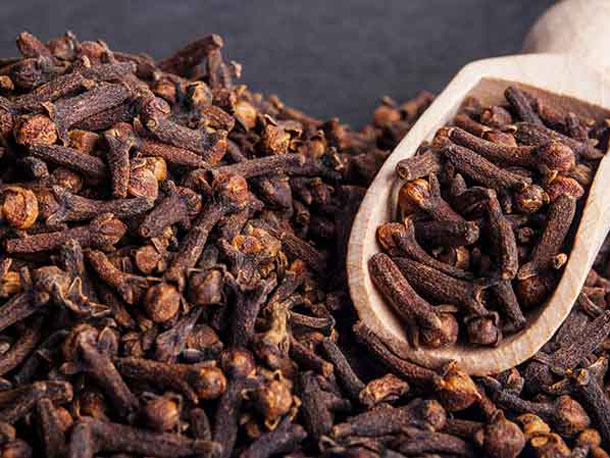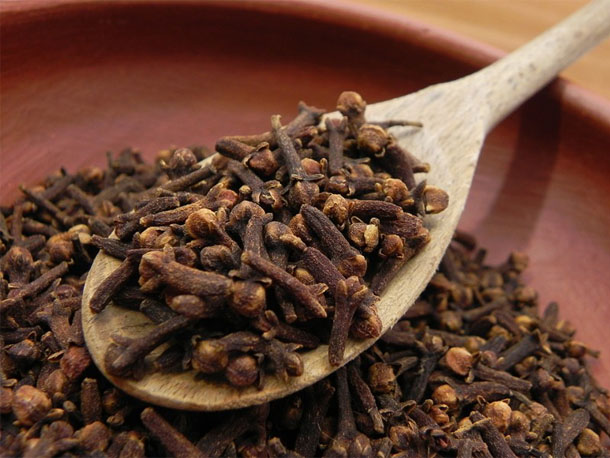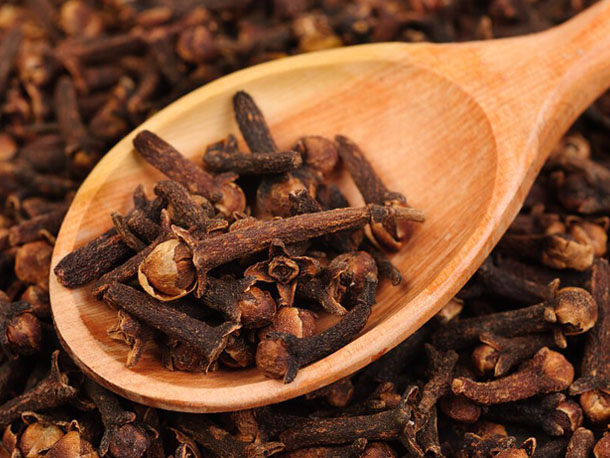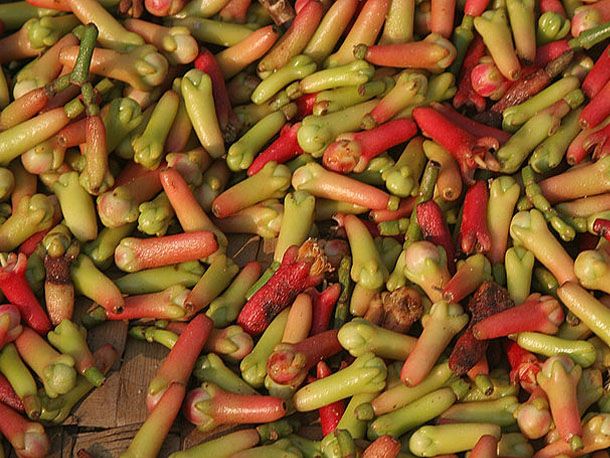Cloves price falls are seen as temporary blip
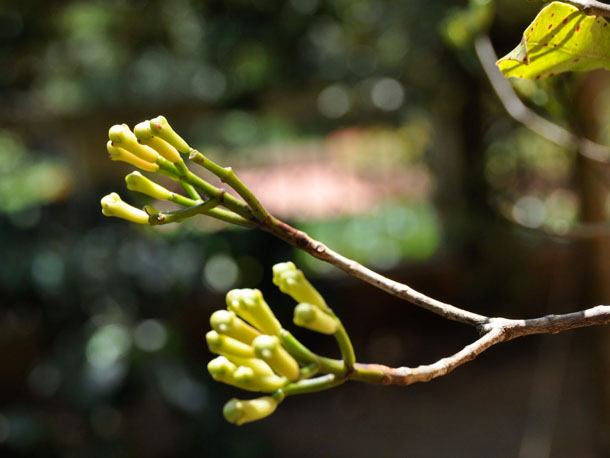
Global cloves prices have shown some modest declines of late but this is expected to be a short term blip on an anticipated pick up in demand and limited availability.
“The clove market is weakening because Indian and Singaporean buyers are not in the market for the time being. Most of them are waiting for the Malagasy crop, which has started in the south but the quantities are few. Moreover, they are reluctant to take position because the Indonesian prices are decreasing.”
Courme recalled that at the start of the Indonesian crop the local prices were around IDR150,000 (USD12.52) per tonne. Currently they are around IDR130,000/tonne. “The cigarette manufacturers are taking their time, avoiding the local speculations and because the political situation is still blurred,” he added.
Emmanuel Nee of French trader Touton viewed demand as starting to return.“Europe and the US are quiet because they keep on dreaming that the market is going to slide down further, which is definitely not true. Anyway, right now we are receiving quite a few demands from Singapore, India, Dubai, Pakistan. Also, China is becoming quite a big buyer for cloves. It looks like they are turning around again and trying to find some opportunities to buy, mainly in Comoros,” he explained.
Chinese buyers have also been very active in the south of Madagascar. “They put the cloves in a container and send direct to China without sorting or anything. I think they are using cloves not for food but for traditional Chinese medicine, therefore they do not need the cloves to be well sorted. Or they do the sorting when the cloves arrive in China, because the cost of labour is not that high in China,” Nee noted. This meant that Chinese buyers were acquiring cloves as quickly as possible from origin.
Nee estimated that China now buys about 4,000-5,000 tonnes of cloves per year.
Madagascar offers limited
Courme explained that except for Indian traders, nobody is offering Madagascar new crop. “In fact Malagasy shippers have not yet started their purchases – they are waiting for the northern goods, which should come in the market mid-October,” he said.
The current forecasts on this crop range from 7,000-10,000 tonnes, with an average of 8,000 tonnes including the carry-over of 2013/14.
The bulk of output from this year’s crop is expected to come from the centre of the country, around Fenerive, because the south will not have big production this year. “Also, the north will also have small production,” Courme added.
Nee said he is expecting a 7,000-8,000 tonnes range for the 2014 Madagascar crop, down from earlier projections of 10,000-12,000 tonnes. He suggested that roughly 75% of the anticipated volume would come from the north of the country.
Reports from origin are that the collecting prices are increasing regularly.
Courme said: “It seems that some collector have to wash the money earned with rosewood business, and shippers, who carry some stocks of the previous crop, do not want to see the market decreasing”
Aromatum is able to offer CG3 grade cloves from the southern crop of 2013/14, the colour on this being “greyish black”. “Few shippers accept to make a loss on such goods – the current level is around USD9,300 per tonne c&f Singapore,” he added.
Nee indicated Madagascar cloves at USD9,900/tonne c&f Singapore or USD10,300/tonne c&f US. He said quotes to Europe were at EUR9.75 (USD12.38) per kilo c&f main European ports.
Comoros keen to sell
Courme said farmers and collectors in Comoros want to sell, but Aromatum has instructed its partners to be careful on the purchase, due to the market situation. Current quality offered is good and well dried, “otherwise the lots are not collected”, he noted.
Local prices have decreased since mid-July, Courme observed. However, since the of this week, Aromatum’s shipper had informed the company that the market is slightly more active and the prices have increased by KMF100 (USD0.25) per kg.
Collection prices are still below the price requested price by the Comoros authorities, which is FKM 3,000/kg. However, if the enquiries continue to arrive, prices will certainly reach this level again next week, Courme predicted.
He suggested that the only good news is the weakness of the euro against US dollar, which has improved the price in US dollar terms. As of Wednesday, the market prices were from USD9,800-10, 300/tonne c&f.
Nee confirmed that he was seeing Comoros prices edging up again after declining to the floor price set by the country’s government.“The availability of cloves in Comoros will start to shrink by the middle of November, because the Chinese people have been buying a lot – the Chinese people settled in Comoros,” he added.
Firm prices in Brazil
Juliano Camara of the Fortaleza office of Amberwood Trading (Rotterdam) remarked that Brazilian cloves prices are a bit on the high side compared with offers from Comoros.
“Last week, we had offers for Bahia 1 at USD10,700/tonne c&f while Comoros CG3 was booked at USD10,400/tonne c&f. Normally, Brazilian cloves are traded with a minimum discount of USD1,000/tonne up to USD2,500-3,000/tonne depending on the period of the year. However, we are not seeing that at this moment,” he explained.
Between December 2013 and August 2014 Brazil exported 6,794 tonnes of cloves. As a result, there is not much stock left in the South American country, and the usual discount against Comoros cloves has gone. In addition, demand has migrated to other origins, which have better quality material available at more competitive prices, Camara said.
Although Brazilian cloves prices have eased from the levels of a month ago, they remain high compared with those of the alternative origins. “One important factor is that high priced raw material is being supported by the local Brazilian market,” Camara added.
He revealed that sources in Brazil are predicting that the country’s forthcoming 2014/15 crop – which will be harvested in December and into January/February – will be about half the size of the 2013/14 crop, which was estimated at 7,000-7,300 tonnes.
Nee said he expects the new Brazilian crop to amount to only 3,000 tonnes, compared with the 7,000-8,000 tonnes range seen from the crop in late 2013 and early 2014.
This year’s Zanzibar crop is said to be very short, possibly being less than 2,000 tonnes.
Nee remarked: “If the price is good enough, the Indians will rush on this 2,000 tonnes.”
Indonesian shortfall
Indonesia’s 2014 crop was estimated at 70,000 tonnes. Nee felt that whatever the outcome on Indonesian demand ahead, this volume would not be sufficient.
“So there is a chance for the market to be quite active as soon as the Madagascar crop is coming,” Nee claimed.
Moreover, Nee feels that Indonesian buyers might be trying to exercise the same strategy as in previous years whereby they exit the market for two to four months to create downward pressure on prices and then all rush in to purchase at the same time as soon as first cargoes from the Madagascar crop become available. “It looks like they are trying to play the same game,” Nee said.
This coverage by Indonesia tends to be undertaken with traders in Singapore.
Nee added: “There is no reason for the market to be as flat as it is right now. Crops are short, even in Brazil.”
He revealed that he has calculated that the global market will be short by some 25,000 tonnes, which amounts to roughly 15-20% of the world production.
Courme said that some Indian traders are saying that the market needs to decrease because commodities prices are too high. Other are saying that the African cloves crop will not be enough to supply the global demand.
So even if the market is bearish for the time being in the long term it should remain firmer, he concluded.

